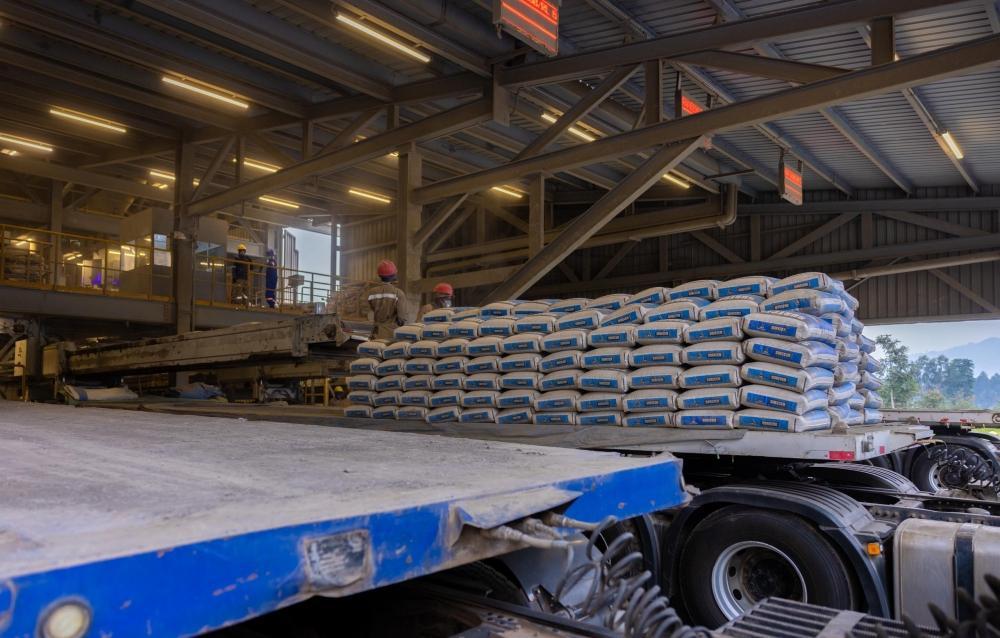Africa-Press – Rwanda. The clinker plant in which cement manufacturer CIMERWA is set to invest around $190 million (approx. Rwf275 billion), is expected to address the company’s dependence on imports and save Rwanda an estimated $2.88 billion (approx. Rwf4 trillion) in foreign exchange in the next 25 years – once the plant starts production.
The announcement was made by CIMERWA Chief Executive Officer, Mangesh Kumar Verma recently, following the release of the company’s unaudited financial results for the nine-month period ending June 30, 2025.
Verma said that the new factory is expected to begin operations within two years and produce around 60,000 tonnes of clinker – a key component in making cement – per month.
Apart from helping stabilise production costs, it will also position Rwanda as a net clinker exporter instead of importer, he indicated.
“Once our clinker plant is operational, it will save forex outflow of around $2.88 billion in the next 25 years,” he said.
Under the unaudited financial results for the nine-month period ending June 30, CEIMERWA declared an interim dividend of Rwf14.5 billion, reflecting its strong financial performance. According to the results, the dividend payment is due October 18, 2025.
Its revenue surged by 50 per cent to Rwf109.17 billion, up from Rwf72.87 billion in the same period of 2024. This growth was largely driven by the acquisition of Musanze-based Prime Cement plant in July 2024.
Despite the revenue growth, profit before tax (PBT) dropped by 23 per cent to Rwf11.2 billion from Rwf14.6 billion. The decline was attributed to increased input costs and continued depreciation of the Rwandan Franc (Rwf).
Why local clinker production matters
Verma highlighted one of the major factors affecting profitability: the cost of clinker imports. Clinker is the primary raw material used in cement production, and CIMERWA currently imports about 30,000 tonnes per month, on which it spends between $3.7 million and $4 million, to supply its Musanze plant, he indicated.
“Our profit margin is also impacted because in our Musanze plant, we are using the imported clinker,” Verma said.
“That is the reason we have decided to have our own clinkerisation plant in Musanze.”
With a monthly production of around 60,000 tonnes, the plant is projected to meet the company’s local demand – estimated at around 45,000 tonnes per month – and export the surplus.
Meanwhile, he said that if the estimated limestone reserve – critical to clinker production – exceeds expectation, “we have kept the provision to add another line.”
Verma underscored the financial impact of clinker in cement production, indicating that it accounts for about 70 per cent of its production costs – and up to 95 per cent if it is imported.
Regarding future outlook, CIMERWA stated it is advancing major expansion projects to meet rising demand, particularly from large-scale developments such as the New International Airport under construction in Bugesera.
The company is continuously updating its route-to-market strategies to tap into high-potential market segments while reinforcing its existing market presence.
With such strategic initiatives and a solid foundation in place, the firm expressed confidence in delivering stronger operational performance and improved financial results in the coming years.
For More News And Analysis About Rwanda Follow Africa-Press






